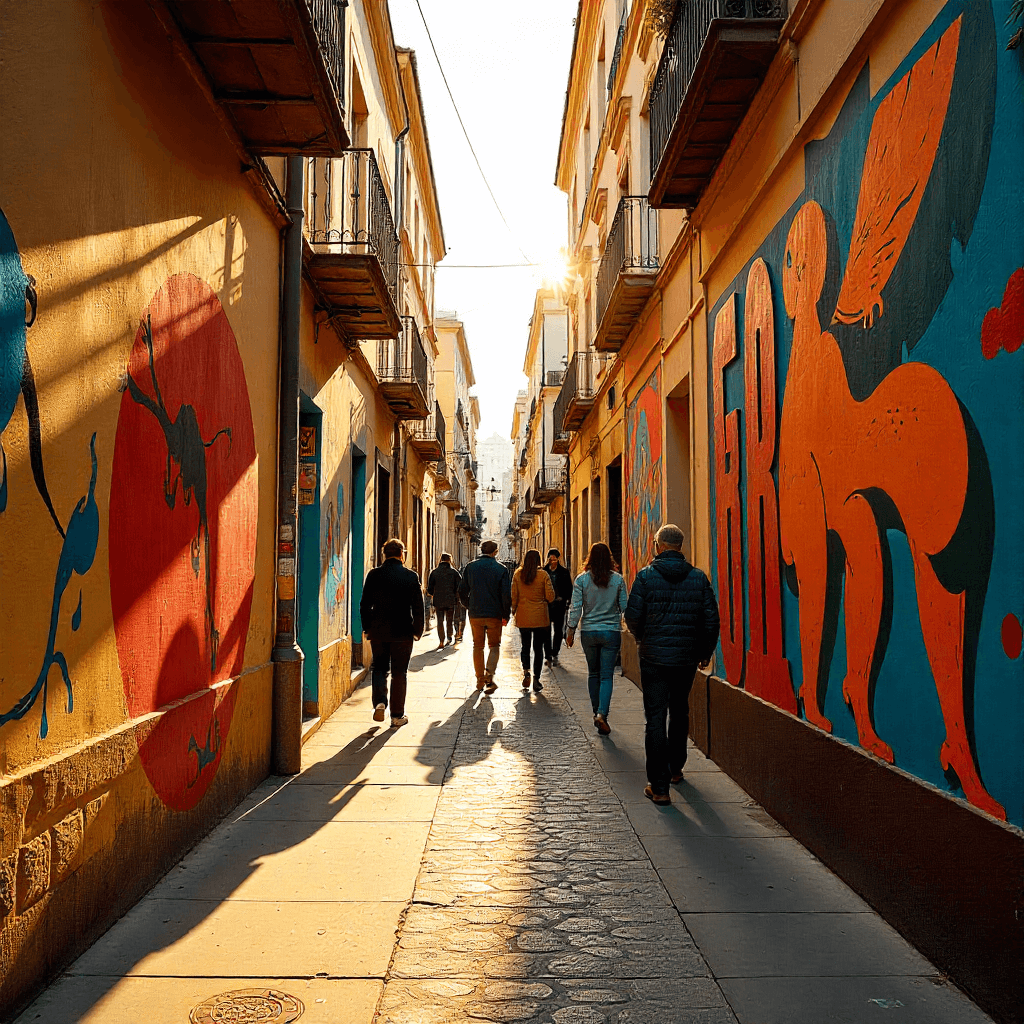Tourism as a Catalyst for Economic Diversification
Tourism is increasingly recognized as a powerful engine for economic diversification and social inclusion in Landlocked Developing Countries (LLDCs). These nations, often facing unique challenges due to their geographic location away from seaports, are discovering how sustainable tourism can broaden their economic horizons and promote inclusive growth.
International Tourism Arrivals and Untapped Potential
By 2024, LLDCs received an estimated 50 million international tourists, accounting for roughly 3.5% of global arrivals. However, despite this influx, their share of tourism export revenues remains modest at just 1.4%. The average income generated per tourist arrival in these countries is significantly lower than the global average — USD 445 compared to USD 1,182 worldwide. This gap indicates ample room for harnessing tourism’s full economic potential through smart policies and value maximization.
Integrating Tourism with Broader Economic Structures
The Awaza Programme of Action (APoA) for 2024–2034 places tourism at the heart of LLDC development strategies. It aims not only to double the output of service sectors such as tourism but also to strengthen the connections between tourism, agriculture, creative industries, and cultural sectors. This multi-sectoral approach promises to generate diverse income streams and overall structural transformation.
| Priority Areas in APoA 2024-2034 | Key Tourism-Related Targets |
|---|---|
| Structural Transformation | Double service sector output including tourism |
| Private Sector Development | Foster public-private partnerships in tourism |
| Foreign Direct Investment | Attract investments to boost tourism infrastructure |
| Transit, Transport, and Connectivity | Improve infrastructure to ease tourist access |
Accelerating Sustainable Tourism
Leaders and experts from Turkmenistan, Uzbekistan, Tajikistan, and organizations like the UN Food and Agriculture Organization (FAO) and Japan International Cooperation Agency (JICA) emphasize several pillars for tourism growth in LLDCs:
- Infrastructure development to support seamless travel and enhance destination accessibility.
- Community participation ensuring locals are active stakeholders in tourism’s benefits.
- Capacity building for MSMEs to empower small and medium-sized enterprises in offering quality services.
- Responsible and sustainable tourism promoting environmental and cultural respect.
- Product development to diversify tourism offerings and attract varied market segments.
- Public-private collaboration to stimulate investment and innovation within the sector.
Tourism for Rural Development: Empowering Local Communities
The UN Tourism’s Tourism for Rural Development Programme is designed to accelerate inclusive growth by focusing on community well-being in rural areas. Notably, it supports several initiatives that bolster rural tourism:
- Best Tourism Villages: A self-assessment tool that guides rural destinations in improving their tourism appeal and sustainability.
- Small Grants Programme: Currently piloted in Africa with support from the Tui Care Foundation, this initiative finances grassroots tourism projects to empower local communities.
Key Recommendations for Sustainable Growth
The dialogue at the LLDC event yielded strategic recommendations crucial for tourism to serve as an engine of economic diversification and social inclusion:
- Prioritize tourism as a central pillar in economic strategies, focusing on nature-based, rural, and cultural tourism that fosters job creation and entrepreneurship.
- Enhance cross-sector links between tourism and agriculture, creative industries, cultural heritage, and conservation to build strong value chains.
- Upgrade infrastructure and connectivity, especially air transportation, to facilitate smoother travel and regional integration.
- Support MSMEs and community-led tourism with inclusive policies and sustainability-oriented training.
- Establish diverse financing mechanisms, such as small grants and public-private partnerships to amplify grassroots initiatives and sustainable tourism models.
タクシーと送迎サービスへの影響
As tourism grows in LLDCs, the demand for quality and reliable ground transportation—such as taxis and private transfers—will inevitably increase. Here, platforms like GetTransfer.com can play a pivotal role. Travelers can book transfers tailored to their needs, choosing vehicles by make, model, and driver ratings, providing transparency rarely matched by traditional services. This smooth connectivity contributes directly to enhancing the overall tourist experience and supports the goals of regional development.
総括と展望
Tourism stands out as a promising driver for economic diversification and social inclusion in Landlocked Developing Countries. While arrivals today represent a significant portion of global tourism, these nations still have untapped opportunities to increase the financial benefits and quality of tourism experiences. The strategic focus on infrastructure, rural development, community engagement, and cross-sector collaboration outlined in the Awaza Programme of Action is paving the way for sustainable transformation.
これらの洞察の重要性を強調するとともに、レビューやフィードバックは旅行の実体験に取って代わるものではないことを認識することが不可欠です。GetTransfer.comでは、旅行者は、手頃な価格で便利な送迎を提供する、さまざまな認証済みプロバイダーから選択でき、豊富な車種が用意されています。これにより、観光客は送迎について十分な情報に基づいた意思決定を行い、予期せぬ事態を回避し、費用対効果を高めることができます。このプラットフォームの透明性、競争力のある価格、および追加オプションは、発展途上国の旅行者の高まるニーズに完全に合致しています。ライドを予約する GetTransfer.com.
この成長を続ける観光セクターは、世界的な旅行の状況を一夜にして大きく変えることはないかもしれませんが、地域経済とその人々にとって重要な意味を持ちます。GetTransferでは、これらの動向を常に把握し、変化する世界を旅行者が安心してナビゲートできるよう支援することに全力を尽くしています。次の冒険の計画を立て、GetTransferで世界中の送迎を確保しましょう。
一言で言えば、観光が地域経済の活性化、コミュニティのエンパワーメント、農村部と都市部の連携に果たす役割は、これまで以上に明白になっています。後発開発途上国がサービス部門の生産量を倍増させ、接続性を向上させるために取り組む中で、タクシーや送迎サービスは観光という機械の不可欠な歯車となります。GetTransfer.comのようなプラットフォームは、空港送迎や市内での乗車など、正確で信頼性が高く、料金が明確な自動車サービスを提供することで、観光客がリフレッシュし、準備万端で、ユニークな目的地を探索する準備ができている状態で到着できるようにします。


コメント